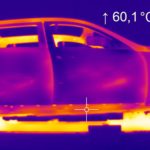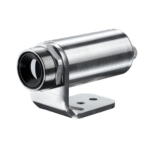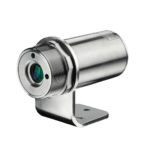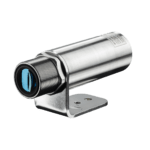Compact spot finder IR camera, fast Ethernet and autonomous operation
PI640
Microscope optics
For the inspection of electronic boards and tiny components
Compact spot finder IR camera, fast Ethernet and autonomous operation
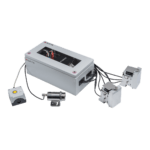 PI 1M
PI 1M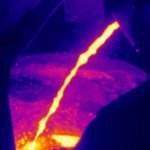
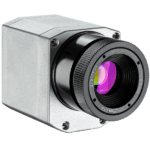
Short-wavelength IR camera for laser processing applications
Fever screening Systems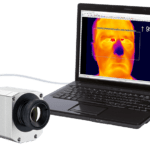
Short-wavelength IR camera for laser processing applications
CT P3
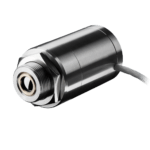
Pyrometer for temperature measurement of thin plastic film
Xi 400 CM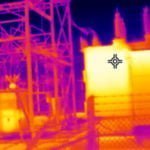
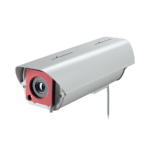
for condition monitoring and early fire detection
PI 640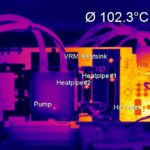
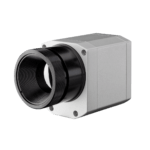
Compact spot finder IR camera, fast Ethernet and autonomous operation
- Infrared Thermometers〉CS | CSmicro series
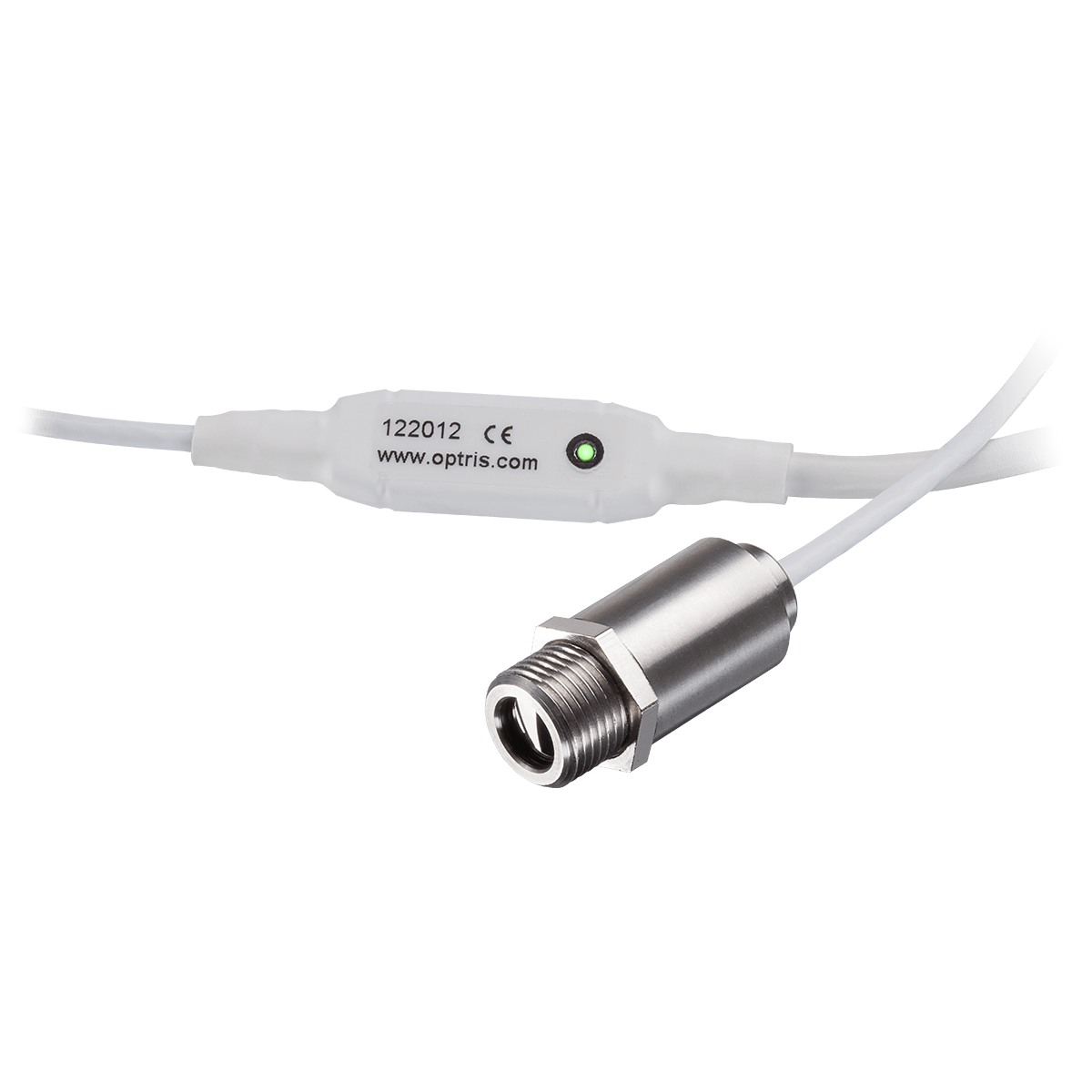 for very limited installation space〉CT series
for very limited installation space〉CT series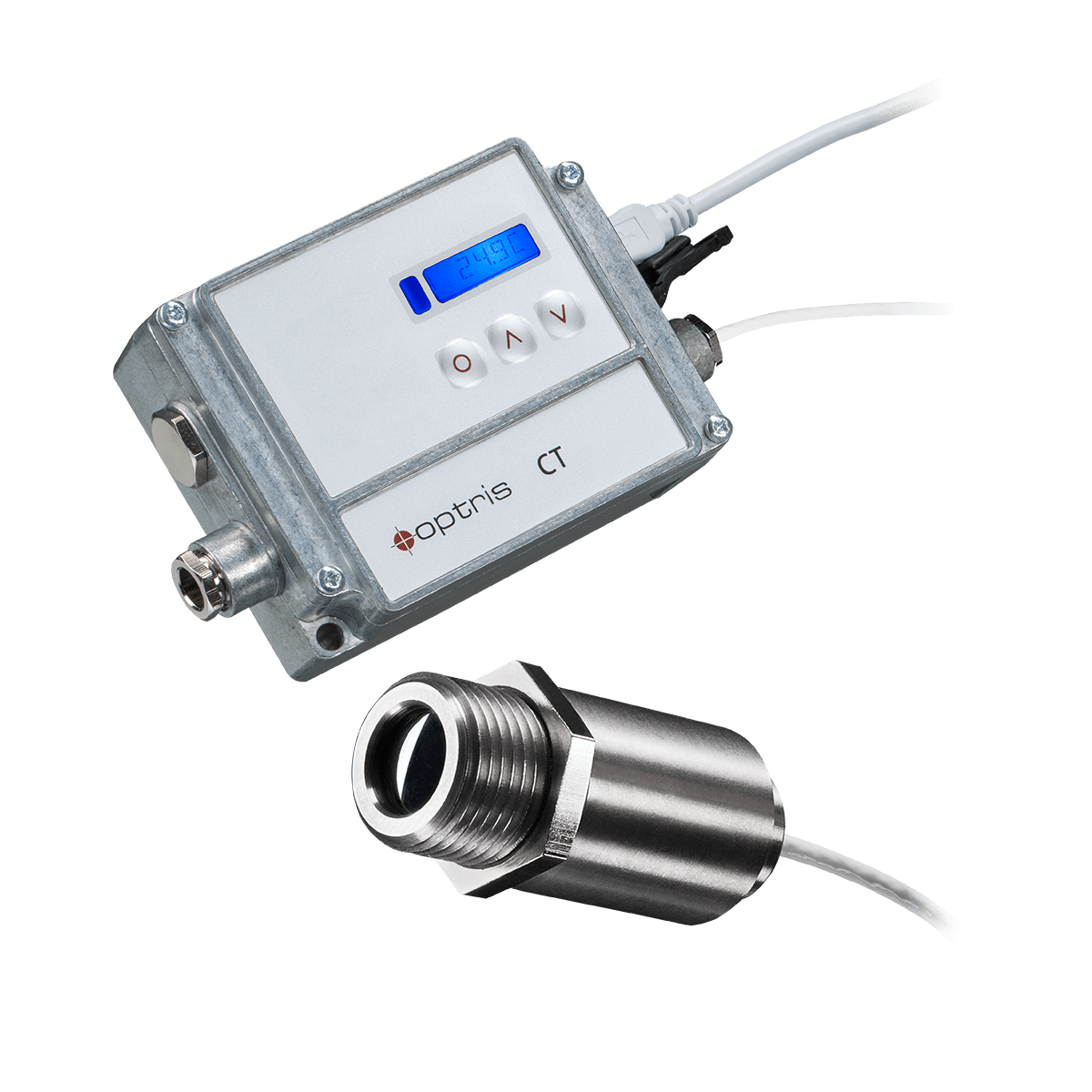 for comfortable use with display and programming keys〉CSlaser | CTlaser series
for comfortable use with display and programming keys〉CSlaser | CTlaser series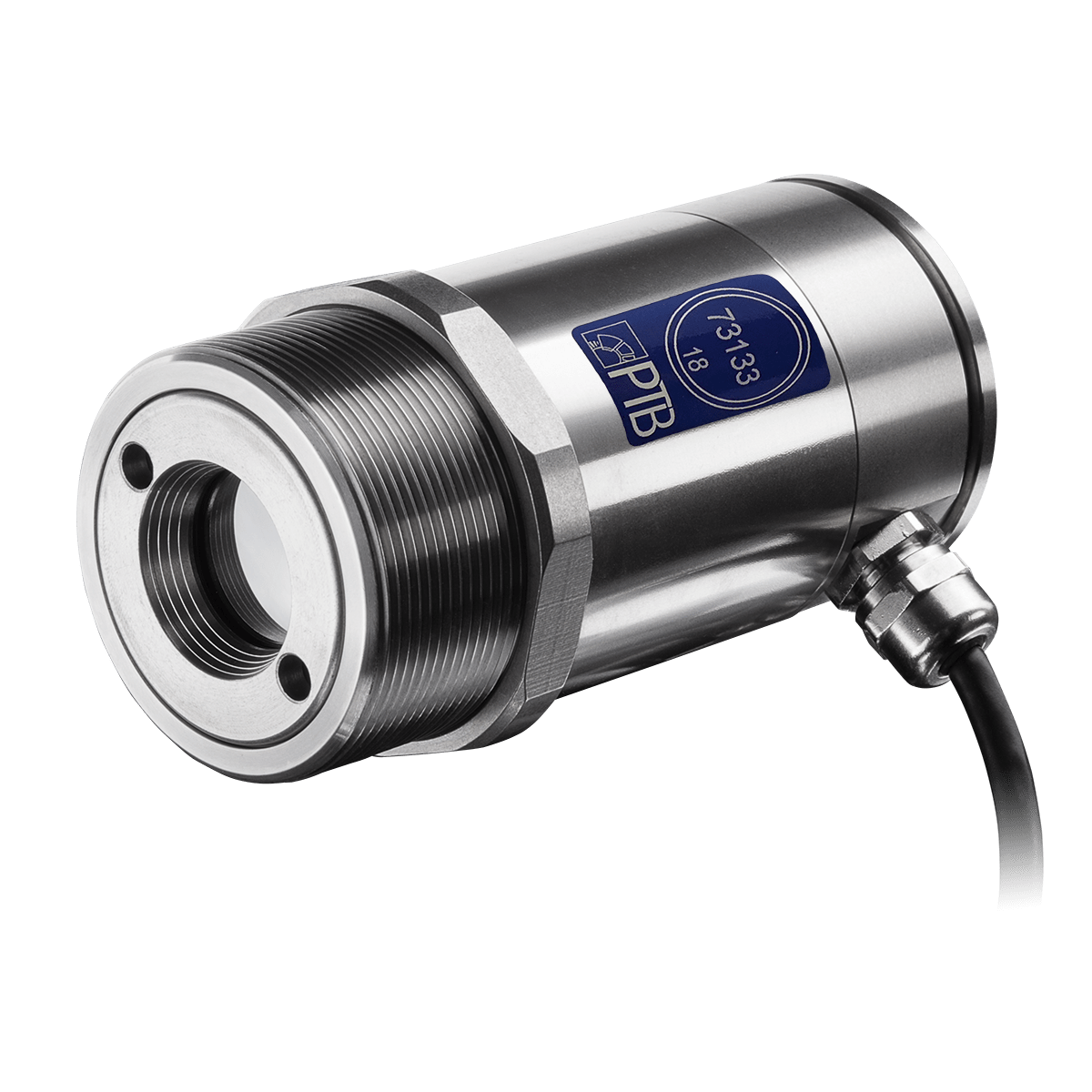 for large distances or small objects〉CSvideo | CTvideo | CSvision series
for large distances or small objects〉CSvideo | CTvideo | CSvision series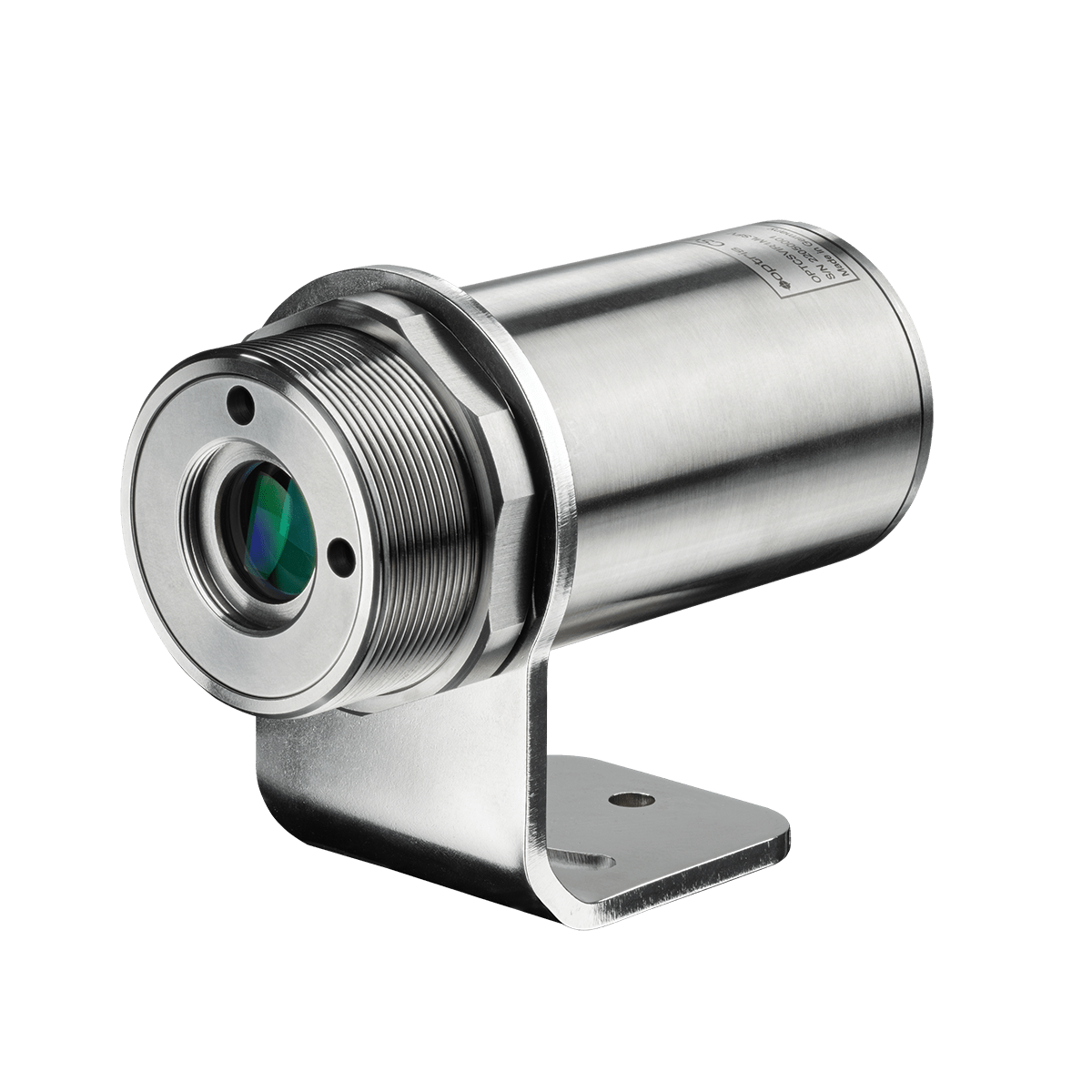 for any distance and difficult viewing conditions〉CTratio series
for any distance and difficult viewing conditions〉CTratio series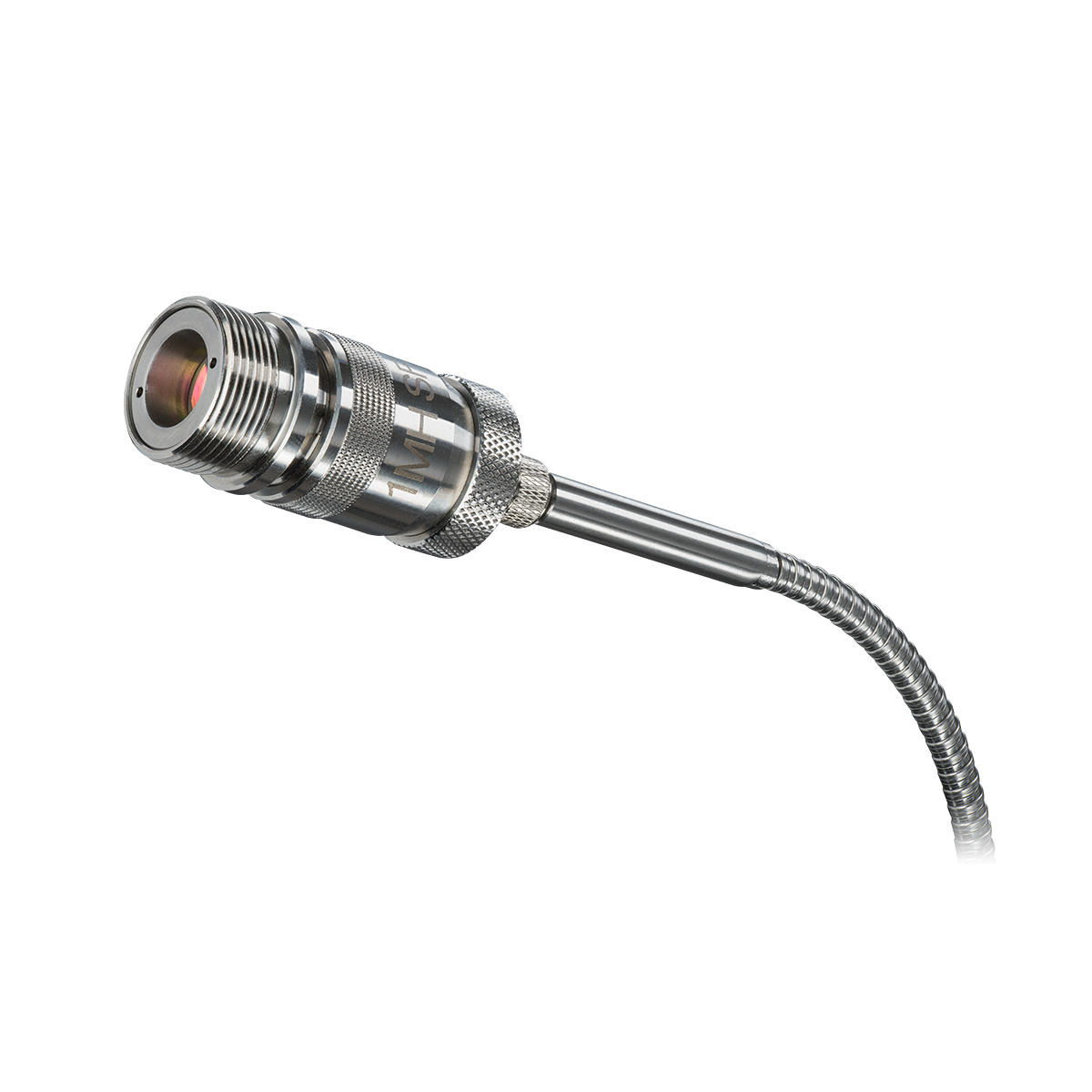 for small, obscured or moving objects〉Accessories〉Compact Connect | CompactPlus Connect
for small, obscured or moving objects〉Accessories〉Compact Connect | CompactPlus Connect for setup, T/t diagram, recordings, documentationInfrared Cameras〉Compact Line
for setup, T/t diagram, recordings, documentationInfrared Cameras〉Compact Line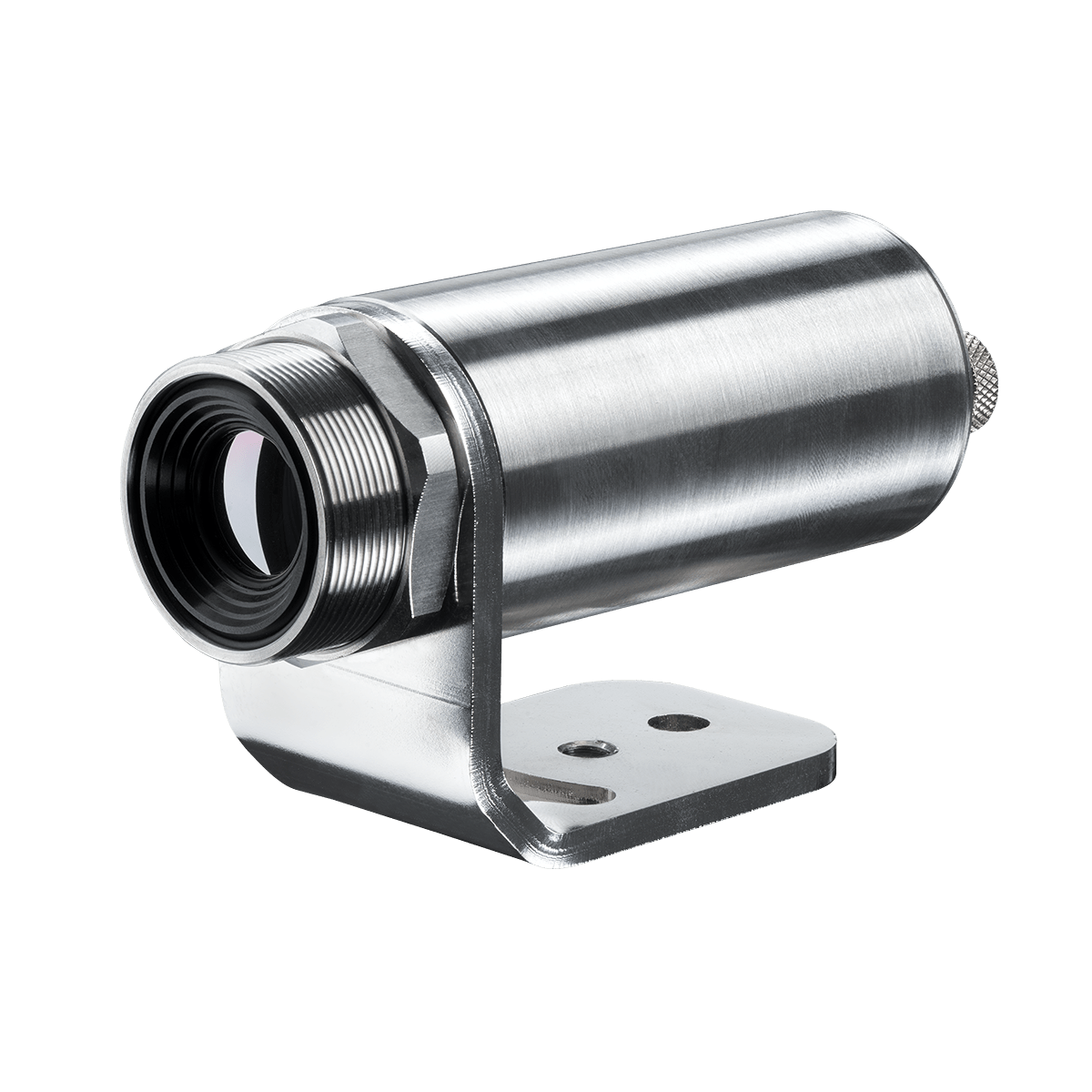 Motor focus, Autonomous operation, Ethernet and USBXi series〉Xi Accessories
Motor focus, Autonomous operation, Ethernet and USBXi series〉Xi Accessories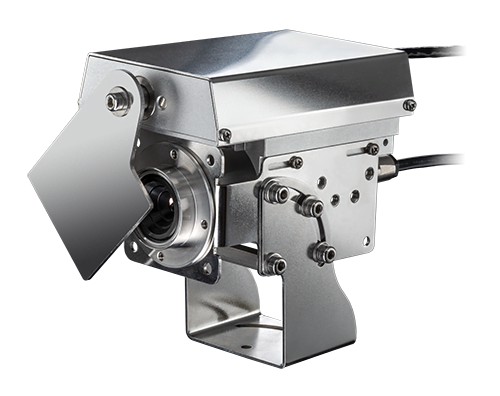 〉Precision Line
〉Precision Line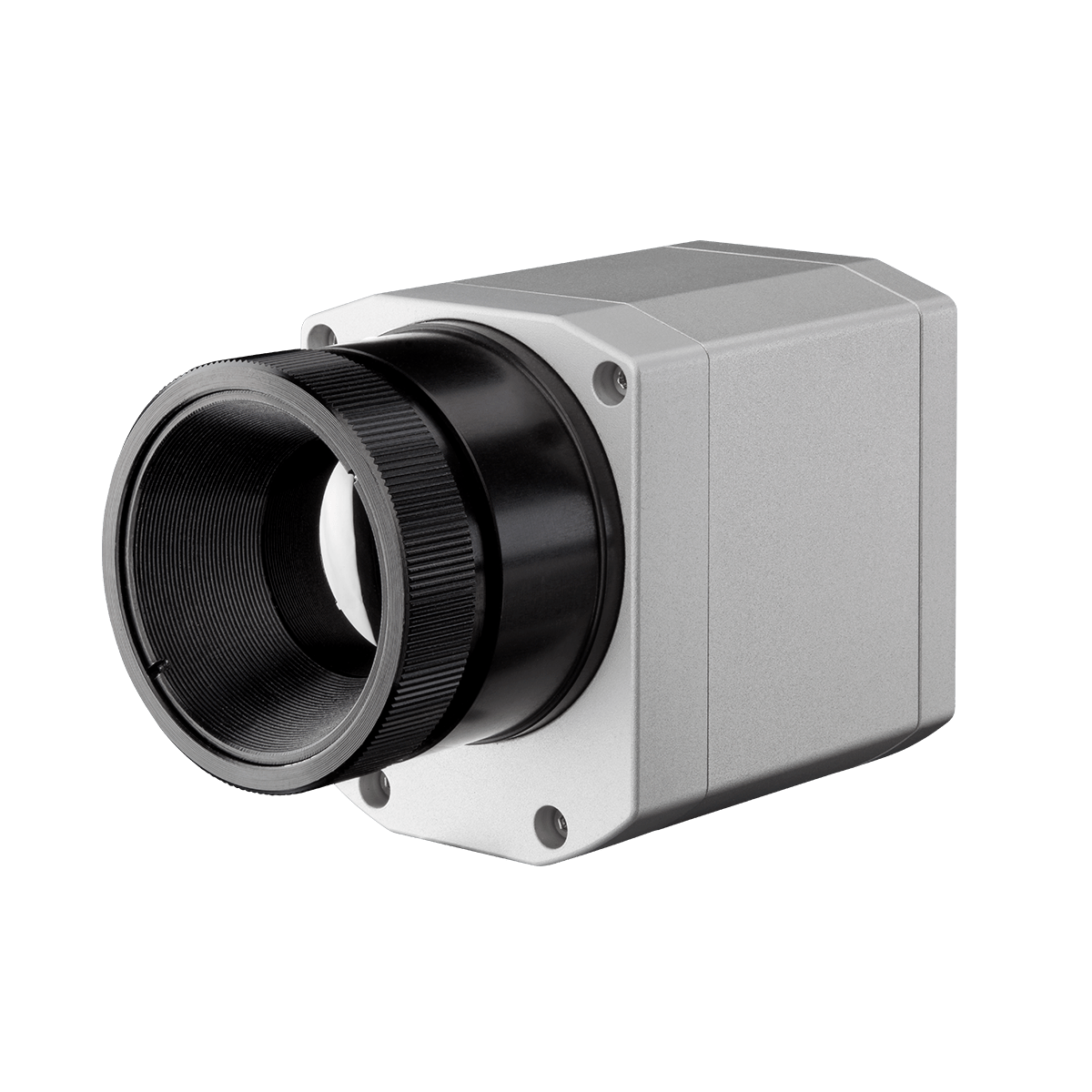 Exchangeable lenses, Special cameras for glass, metal, laser applicationsPI series〉PI Accessories
Exchangeable lenses, Special cameras for glass, metal, laser applicationsPI series〉PI Accessories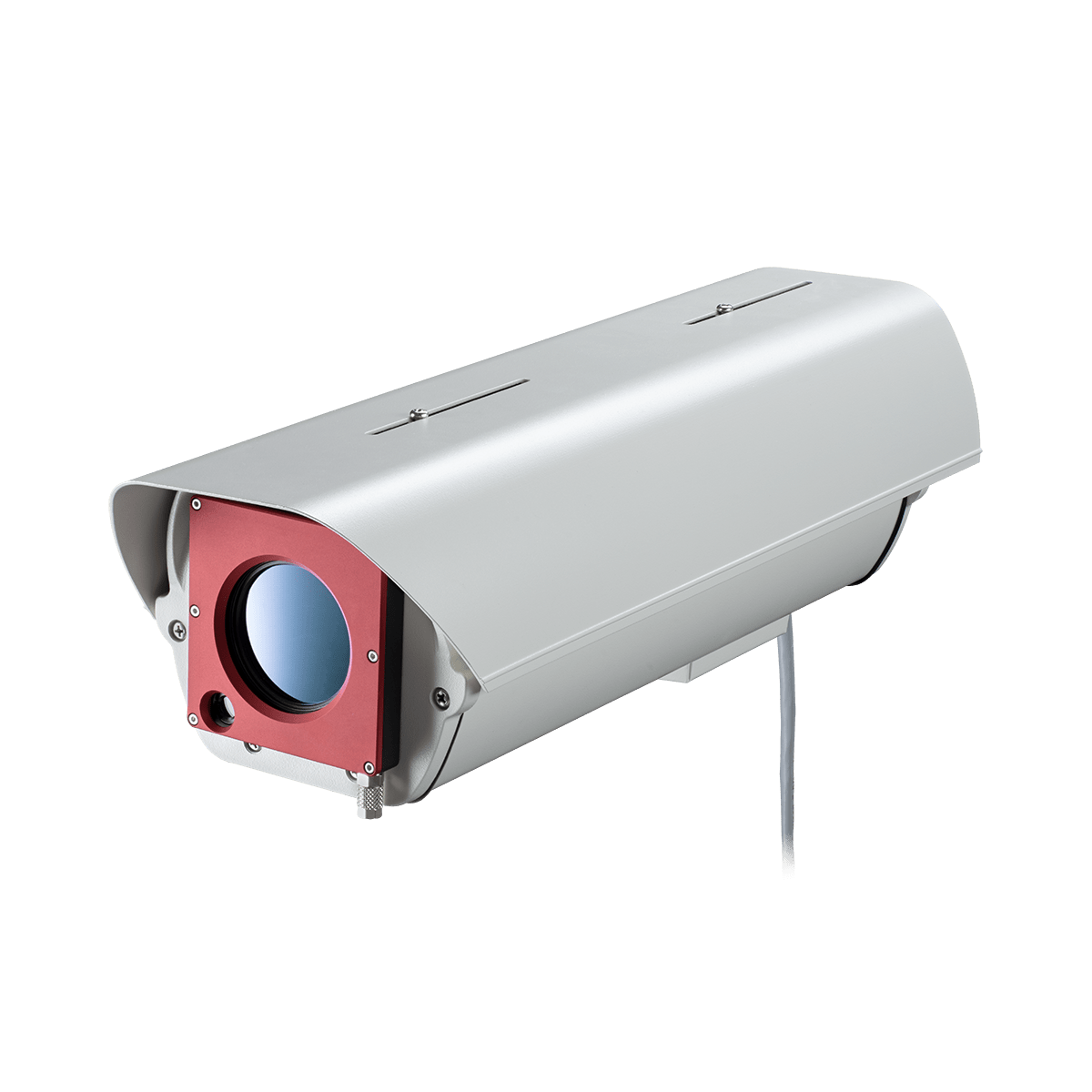 〉IRmobile App
〉IRmobile App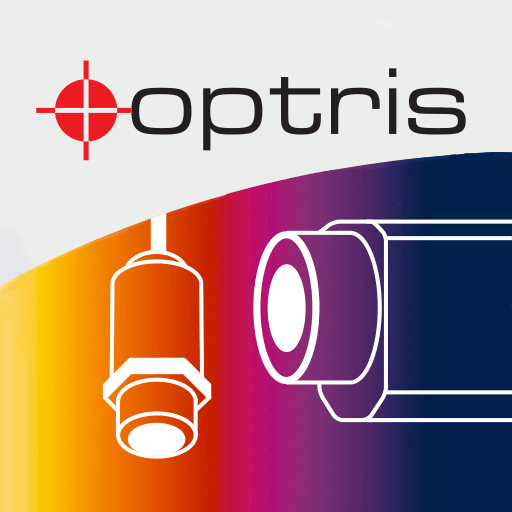 〉Software PIX Connect
〉Software PIX Connect Setup and analysis for Xi and PI series with extensive feature set〉SDK
Setup and analysis for Xi and PI series with extensive feature set〉SDK for Windows, Linux, MATLAB and LabVIEW
for Windows, Linux, MATLAB and LabVIEWCompact short wavelength spot finder IR camera for metal applications
Optris > Infrared Basics

